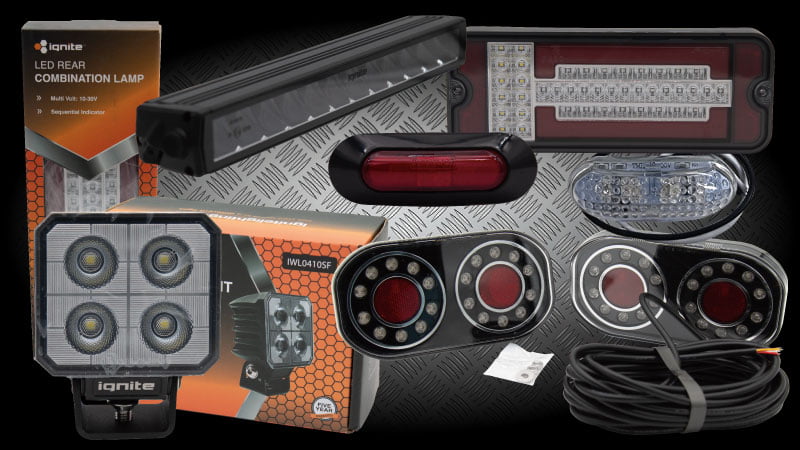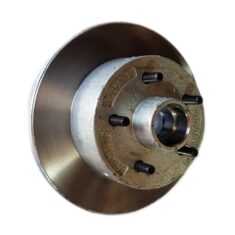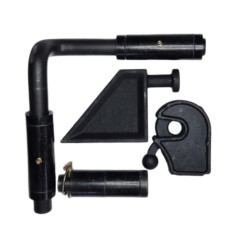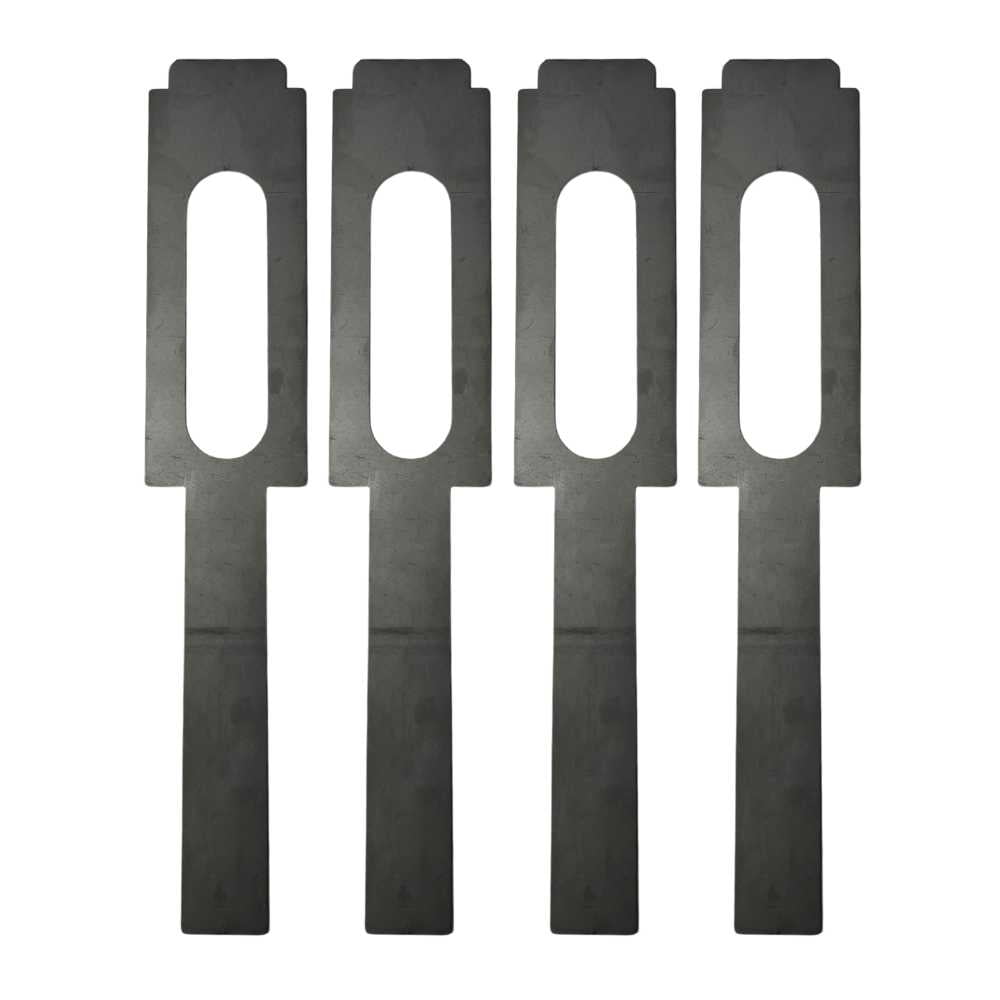Best Of Couplemate
Promotions and popular products.
Off-Road Trailer Parts
Trailer Parts On Sale and Promotions
Australian Made Trailer Parts
Boat Trailer Parts

Caravan & trailer Reversing Guide
Why you should use Couplemate Trailer Parts as your One-Stop Trailer & Caravan Accessories Shop.
Couplemate has a huge range of Trailer Parts, Caravan Parts & 4WD Towing Equipment.
We Stock Boat Trailer Spares & Heavy Machinery Towing Equipment.
Need heavy machinery towing parts? Couplemate’s tandem trailer accessories have that covered too with our range of ADR Approved Pintle Hooks, Tow Couplings Tow Rings.
Choose Genuine Couplemate Trailer Parts.
Another original is our Australian designed Caravan Easy Jack – a light-weight cast aluminium roll-on jack that is quick and safe to deploy. Changing that flat tyre just became so much easier!
Use Australian Made Towing Equipment Built For Harsh Australian Conditions.
Our Commitment To Service.
Shipping to Australia and International Shipping.
Follow Us
5 Things to Know: Mounting Springs Above Your Axle
Traditional trailers, caravans, and campers usually have springs mounted below the axle (often called "overslung" axles). However, some trailers in Australia are supplied with springs on top of the axle by default. For example, if you own a Jayco Off-Road caravan or...
How to Stop Trailer Hitch from Rattling?
We at Couplemate™ often get asked whether tow bar rattle is normal. Unfortunately, it is a common issue that a lot of Australians experience while towing. So, why do trailer hitches rattle? Hitch rattle happens when you have excess space between your tow bar and hitch...
YOUR FIRST CHOICE FOR TRAILER PARTS
See what our customers are saying.






